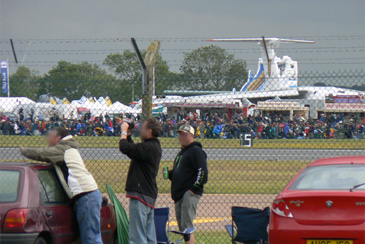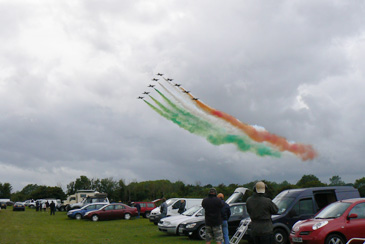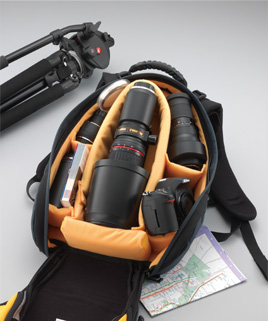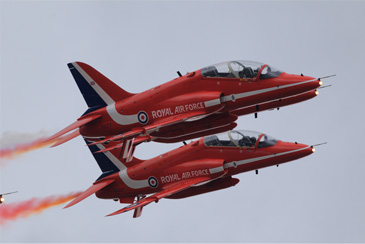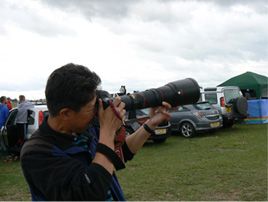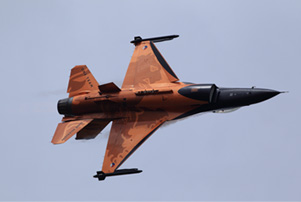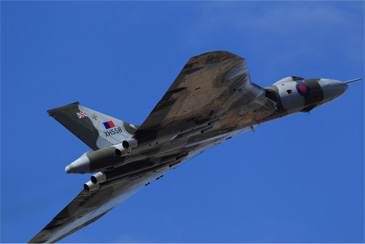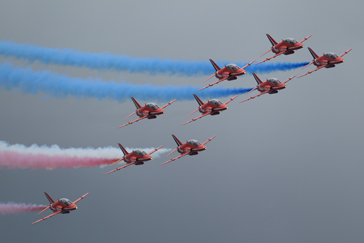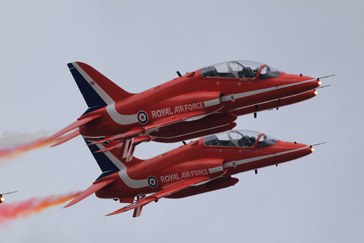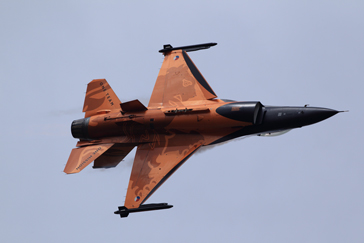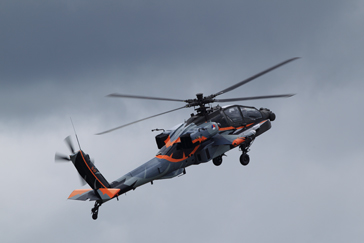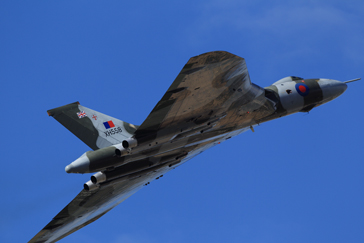Air shows, which allow people to have a close-up look at aircraft, are larger-scale versions of the air festivals held in Japan by the Self-Defense Forces, and are well worth seeing.
Many people have visited an air show once and have then gone on to become obsessed by the attraction of airplanes, intoxicated by the powerful flight of the jet fighters or the aerobatic flying of the Blue Impulse team. Of course I am one of these persons, and every year I travel to bases around the country during the air festival season.
These tours of the air festivals escalated to the point that my destinations now include overseas air shows.
This time I introduce a trip in which I took the PROMINAR 500mm F5.6 FL (referred to below as the PROMINAR 500mm) when I visited The Royal International Air Tattoo (RIAT) in Britain which is said to be the world’s largest air show.
Koji Nakano's Telephoto Lens/Scope PROMINAR Report
- Vol.03
- Photographing Overseas Air Shows using the PROMINAR 500mm
- PROMINAR 500mm F5.6 FL / TX10
The example photographs on this website were taken using the PROMINAR 500mm F5.6 FL.
